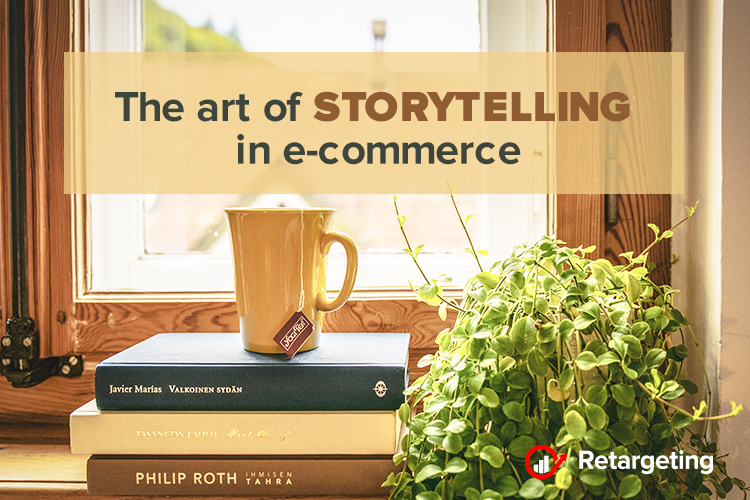Building a successful online shop in today’s hyper-competitive landscape requires more than an attractive site, a nice product display, and easy checkout. To build a successful e-commerce business, you have to be a master storyteller.
At a time when new e-commerce shops are popping up every week and new products are going viral each day, you have to do everything in your power to connect with your customers, keep them loyal, and convince them to buy again and again. Storytelling can help you do it.
Branding is everything!
Because your audience doesn’t have the option to come see you in person, you have to do everything you can to create a memorable experience for them. You have to make every interaction amazing. It all starts with branding.
You can’t fake storytelling, otherwise, it will not work as an effective driver of sales. In order to get any sort of ROI from storytelling, you need to take time to develop a personality for your brand.
You need to be able to show visitors and customers what makes you different. Why should they choose to interact with you and not someone else?
Let your voice and style shine through the stories you craft and share with customers, and they’ll start to better understand who you are and why you do what you do.
Make them be excited about you!
Simply selling good products isn’t enough to get people talking about your products and coming back to your store to buy again. If you really want to scale your business and leverage social media to drive more sales, you have to present people with compelling stories that make them excited about interacting with you.
Linking a brand to the emotional goals of consumers is challenging, particularly when the products you sell don’t easily ignite the imagination. By aligning your brand with what drives customers, you will find the right emotional ties to link your products with their lives.
Focus on authenticity!
Good storytellers have to vary their approach in order to keep customers engaged. Authenticity should be your primary goal in every piece of storytelling you share. Content is only productive when there is a payoff for the audience, so it must be relevant, interesting, informative or entertaining.
Your customers want to be excited about buying your products. Because of the popularity of social media sites, sharing has become inherent to most people. In e-commerce, your primary goals should be to figure out how to land new customers, how to keep them, and how to get them talking to their friends about your business and your products.
When plotting out your content calendar, look at each story through the eyes of your customers and assess the quality. Is there a genuine benefit? Is it relevant, interesting and authentic? Audiences are very aware of brands that are only interested in selling them stuff, and those brands are easily ignored.
Show them, don’t tell them!
Don’t tell stories about your products. Tell stories that illustrate how your customers have used your products. How have your products improved their lives? These are the stories that prospects want to read about and watch.
They want to get a better idea of how your products would help them, and customer-focused storytelling can help them relate to and identify with other people who are like them that benefited from buying your products.
Good storytelling brands do not tell people how great their products and services are. They show them by demonstrating an acute understanding of the customer’s problems and how their products solve them. All communication should make it clear how your products enrich people’s lives and help them overcome challenges that stand in the way of their goals.



Trackbacks/Pingbacks